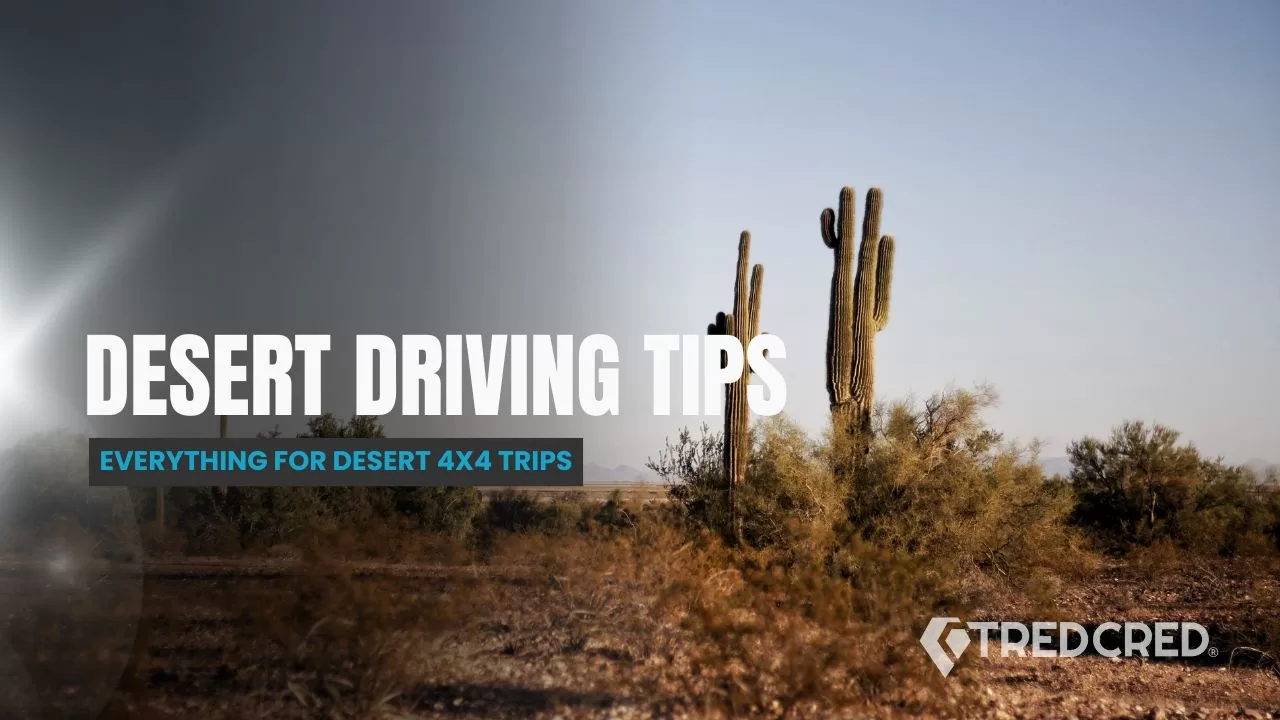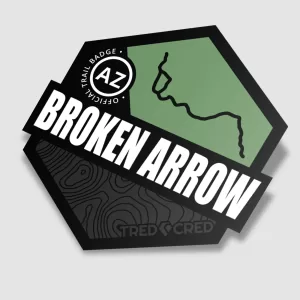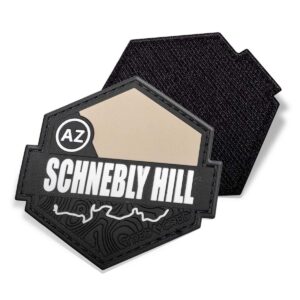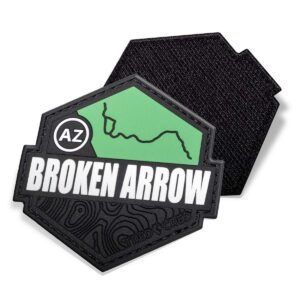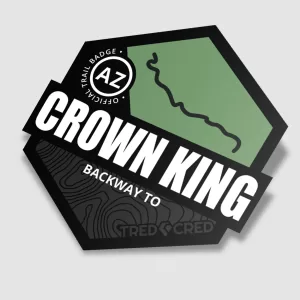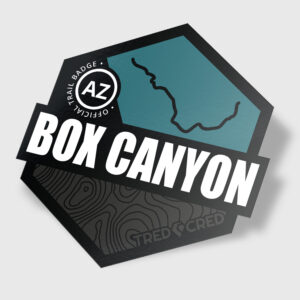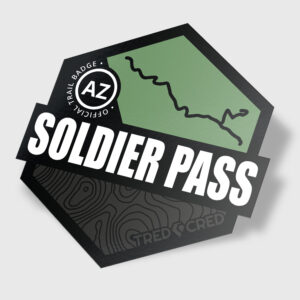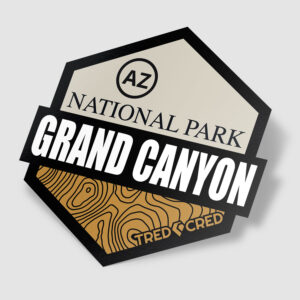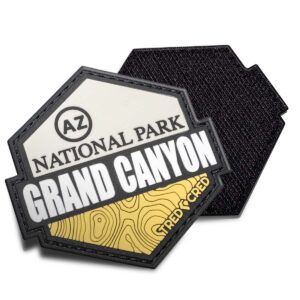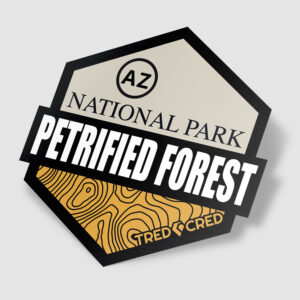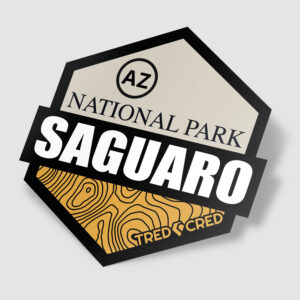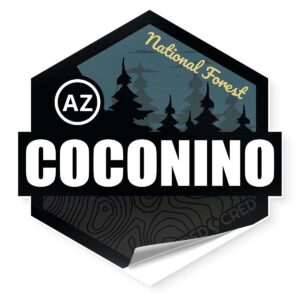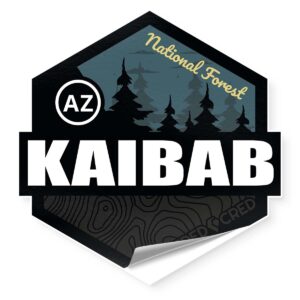Introduction: The Call of the Arizona Desert
The Arizona desert is something out of a dream—a rugged, sunbaked expanse of red rock canyons, towering saguaro cacti, and endless sand dunes. It beckons off-road enthusiasts with the promise of adventure and challenge, an opportunity to test both machine and spirit against one of nature’s harshest yet most beautiful landscapes.
I remember my first time tackling the desert in my rig. It was a crisp, early morning, the kind where the air still held the remnants of the night’s chill. As the sun rose, its golden light spilled across the dunes, and the thrill of the journey ahead made my hands tighten around the steering wheel. But I quickly learned that desert off-roading isn’t just about power—it’s about preparation, technique, and respect for the land.
To help you navigate Arizona’s breathtaking but unforgiving terrain, I’ve put together a guide filled with essential tips—because in the desert, the unprepared traveler isn’t just inconvenienced; they’re stranded.
Preparation: Gearing Up for Success
Desert off-roading is all about preparation. Unlike forest trails or mud runs, the desert’s extreme heat, loose sand, and lack of water make preparation not just convenient, but crucial for survival.
Know Your Vehicle Inside and Out
Your 4×4 is your lifeline in the desert. Before heading out, inspect your vehicle thoroughly—tires, fluids, radiator, and air filters are all critical. Desert sand is like a relentless intruder, creeping into every crevice it can find, so maintaining a clean air filter is vital.
Real-Life Example: A buddy of mine once ignored a small leak in his cooling system because “it wasn’t that bad.” A few hours into a tough section of sand washes, his overheating engine nearly ended our trip. A simple fix back home could have saved a major headache in the middle of nowhere.
Pack the Essentials
Think of desert off-roading like a journey across an ocean—you wouldn’t sail without life vests, and you shouldn’t hit the trail without supplies. Water tops the list. At least one gallon per person per day is a good rule, but more is always better.
Must-Have Items:
– Extra fuel (gas stations are few and far between)
– Recovery gear (traction boards, tow straps, and a shovel)
– GPS and paper maps (just in case tech fails)
– First-aid kit (the desert isn’t kind to mistakes)
– Emergency shelter (shade can be the difference between heat exhaustion and survival)
Pro Tip: Store water in multiple spots in your rig. In the event of a rollover or major breakdown, having accessible water can be crucial.
Mastering Desert Driving Techniques
Driving in the desert is an art—like a dance with the dunes. Too aggressive, and you’ll dig yourself into a sand trap. Too slow, and you’ll bog down before you ever reach the crest.
Air Down Your Tires
One of the simplest yet most effective tricks for desert driving is lowering your tire pressure. Think of it like walking on snow—boots with a wide, soft sole won’t sink as much as shoes with a hard, narrow sole.
Recommended PSI:
– Light rigs: 12-15 PSI
– Heavier rigs: 18-20 PSI
Just remember: airing down means reduced traction on rocky terrain, so bring an air compressor to reinflate tires before hitting pavement again.
Reading the Terrain
Not all sand dunes are created equal. The leeward side of a dune—where wind deposits loose sand—can be deceptively soft, swallowing tires whole. Always approach dunes with caution, cresting them slowly to avoid a nasty surprise on the other side.
Case Study: I once watched a driver charge up a dune at full throttle without checking where it led. As soon as he hit the other side, his nose dived straight into soft sand. It took us nearly an hour of shoveling and winching to free his rig.
Momentum is Your Friend
In the desert, momentum is everything. Too slow and you’ll get stuck; too fast and you might lose control. A steady, controlled pace keeps you floating over the soft terrain like a jet ski carving through water.
Pro Tip: If you feel the vehicle start to bog down, resist the urge to floor it—this just digs you deeper. Instead, gently back up along your own tracks and try again with slightly more momentum.
Staying Safe in the Desert
Respect the Heat
The desert’s greatest danger isn’t the sand or dunes—it’s the sun. Heat exhaustion and dehydration can sneak up fast, turning an exciting adventure into a survival situation.
Signs of Heat Exhaustion:
– Heavy sweating followed by chills
– Dizziness or nausea
– Weakness and confusion
If you or a buddy start showing symptoms, get to shade immediately, drink water, and rest.
Never Go Alone
Desert solo runs may sound romantic, but they’re a recipe for disaster. Always travel with at least one other vehicle when tackling remote areas. If a breakdown happens, having another vehicle means one person can get help while the other stays with the rig.
Pro Tip: If stranded, always stay with your vehicle. A stranded truck is easier to spot than a lone traveler wandering the desert.
Leave No Trace
The Arizona desert is a fragile and beautiful ecosystem. Off-roading should be about responsible exploration, not destruction. Stay on designated trails, pack out all trash, and respect historical and culturally sensitive areas.
Final Thoughts: Conquer the Desert, Respect the Desert
Arizona’s desert offers some of the best off-road adventures in the country—but only to those who come prepared, drive smart, and respect the land. Every sand dune climbed, every rocky trail conquered, adds to your story, your experience, and your appreciation for this rugged, untamed wilderness.
So before heading out, gear up, learn the terrain, and travel with a crew you trust. And when you finally stand at the top of that wind-swept dune, looking out over the endless horizon, you’ll know—you’ve earned this view.
What’s your most unforgettable desert off-roading experience? Share your stories in the comments below!

